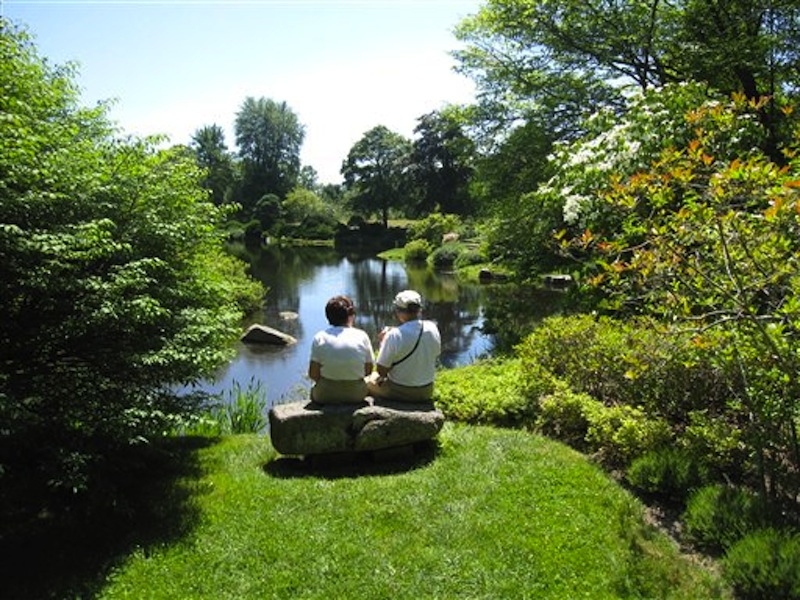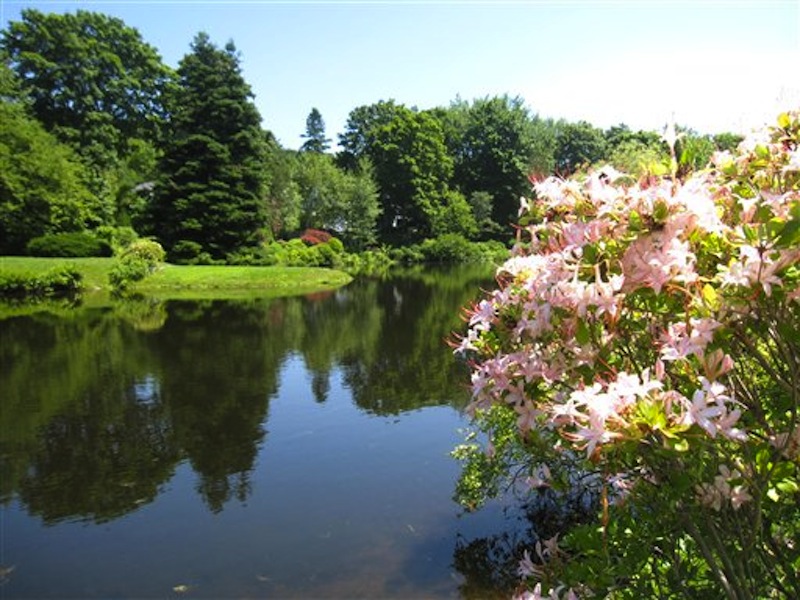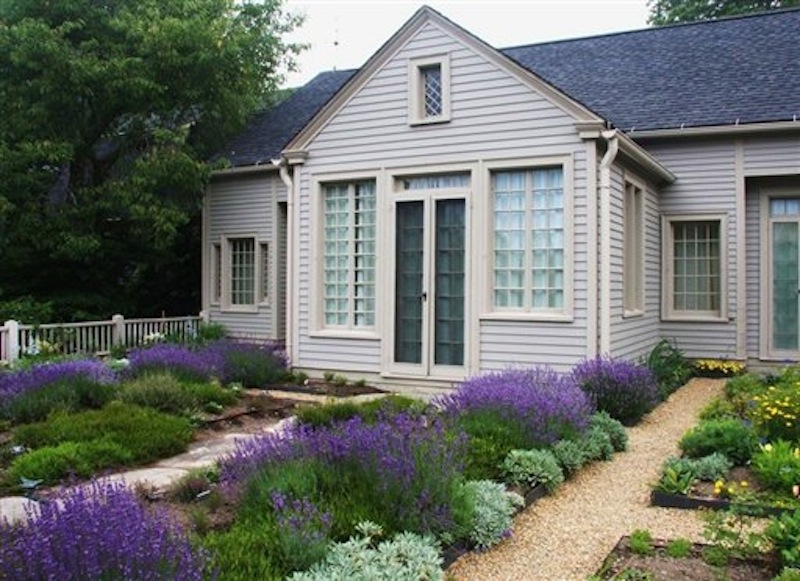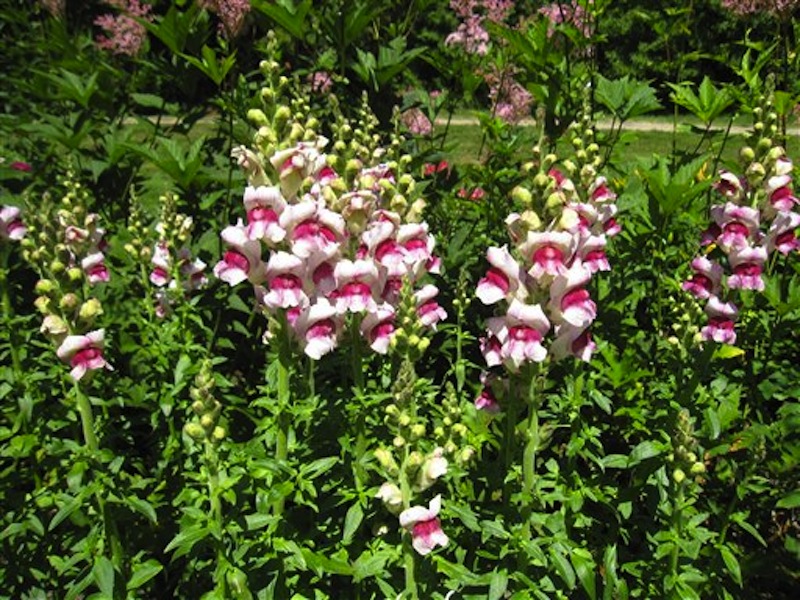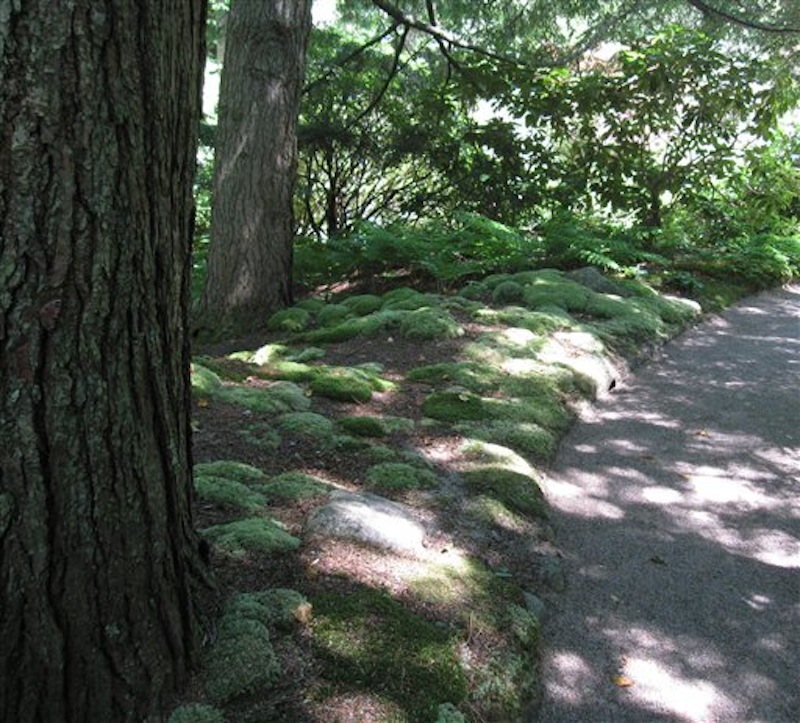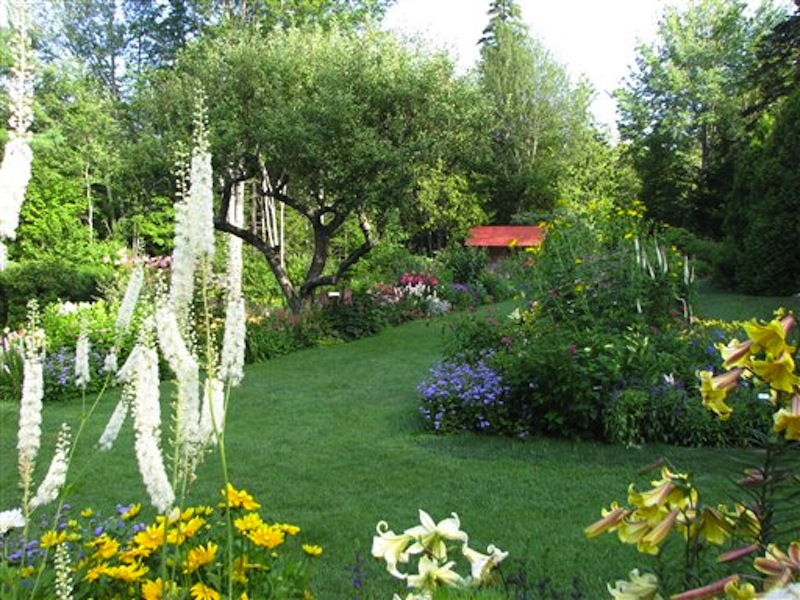SEAL HARBOR — Some of Maine’s most popular destinations are located on Mount Desert Island, including Bar Harbor and Acadia National Park. But the island is also home to several remarkable gardens, all connected to the renowned landscape architect Beatrix Farrand, whose philosophy of garden design emphasized native plants and using natural landscapes to define outdoor spaces.
One of the gardens, the Abby Aldrich Rockefeller Garden in Seal Harbor, is a private garden that’s open to the public, by reservation only, just a few days a year. But the other two, Thuya Garden and Asticou Azalea Garden in Northeast Harbor, which contain plants from Farrand’s Bar Harbor home, welcome visitors daily for much of the spring, summer and fall.
All three gardens use natural settings so artfully that it’s sometimes hard to tell where the landscaping ends and nature begins.
Farrand, the sole woman among the founders of the American Society of Landscape Architects, was born in New York in 1872 and died in Bar Harbor in 1959. She designed gardens for the White House, consulted at Princeton and other institutions, and had many prominent private clients, including John D. Rockefeller Jr. and his wife Abby.
Farrand worked with Abby Rockefeller to design the private garden in Seal Harbor between 1926 and 1930. The property is still owned by the Rockefeller family. Each summer, the garden opens to the public one day a week, but reservations fill up fast. As of mid-July, only a handful of slots were left for late August and early September. And there’s no sneaking in: To be admitted, your name must be on a checklist at the entrance, which is virtually unmarked and hard to find even with directions. Photos are permitted only for personal use.
Once inside, most visitors head to the rectangular lawn, where the borders burst with colorful flowers and plants familiar to any backyard gardener, from bright purple clematis vines to gray-green dusty miller. But in some ways the Rockefeller garden is at its most stunning away from the sunny flower beds, where the landscaping melts into the woods. Forested paths are carpeted by velvety moss; giant hostas and feathery ferns offer contrasting textures and a palette of greens. A stone wall punctuated by doorways shaped like the full moon or a bottle give the feeling of stepping into a secret garden hidden in a magical forest. The property also displays centuries-old Asian art, ranging from Buddhas to tall stone figures lining the walkways.
David Bennett, a landscape architect in Washington D.C., has visited the Rockefeller garden as part of his research for restoration of Farrand’s kitchen garden at The Mount, the country estate in Lenox, Mass., created by Farrand’s aunt, writer Edith Wharton. Bennett says Farrand wanted her gardens to “fit into their natural settings. She had a strong appreciation for the natural character of the land and the appropriate way of integrating a designed landscape with its natural context.”
She used plants to create “impressionistic” effects of texture and color, and was also known for creating outdoor “garden rooms,” with “the idea of moving through a landscape in a sequence, from one space to another, where each space has its own character,” Bennett said. “One space may be very shady and enclosed, and you pass through a hedge or a row of trees or through an actual gate in a wall to enter a very sunny and open space.”
The Thuya and Asticou gardens, easily found along Route 3 in the neighboring town of Northeast Harbor, both include plants from Farrand’s Bar Harbor estate, called Reef Point, which Farrand sold in the mid-1950s.
The azaleas at Asticou are finished blooming by summer, but Asticou’s landscaped pond is a star attraction in all seasons. The garden was created in 1956 by Charles K. Savage, who owned the nearby Asticou Inn. The picture-perfect pond reflects the surrounding flowers and trees like a mirror, and the layers of greenery and contrasting shapes and textures look like a Japanese landscape painting. Savage also designed Thuya Garden, where the centerpiece consists of spectacular rows of colorful flowers, from towering blue larkspur to delicate pink and white snapdragons bordering a rectangular lawn.
Those interested in learning more about Farrand can also visit Garland Farm on Route 3 near Bar Harbor, which this summer started offering regular visiting hours for the first time, Thursday afternoons through Sept. 13. Farrand retired to Garland Farm after dismantling Reef Point, bringing plants and ornaments with her and designing her last gardens there. Garland Farm is also home to the Beatrix Farrand Society, which just completed restoration of Farrand’s terrace garden at Garland Farm and is working on restoring other areas there.
Alvion Kimball, who owns the Orland House Bed & Breakfast about 40 miles from Seal Harbor and is on the board of DownEast & Acadia Regional Tourism, says each of the gardens has its own charms. At the Rockefeller property, he likes the mossy garden best, while the impressive show of flowers at Thuya is like “an English cottage garden.” The garden at Garland Farm is “a more personal garden, on a smaller, intimate scale,” but Asticou with its pretty pond and walkways is his favorite, even without the azaleas in bloom. “It’s just so understated, peaceful and quiet,” he said.
Kimball notes that Farrand’s preference for indigenous plants and natural settings, rather than exotic specimens or rearranged landscapes, was ahead of her time. “You look at what’s happening today with native plants and ecology,” he said, “and to me, it’s almost an extension of what she’d be doing if she were still here.”
Send questions/comments to the editors.

